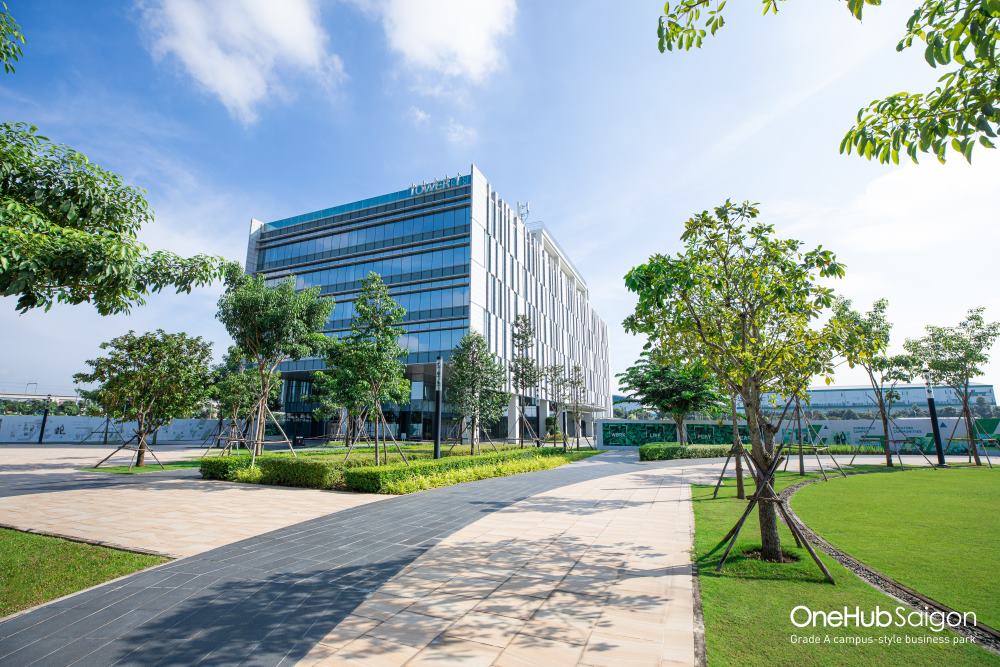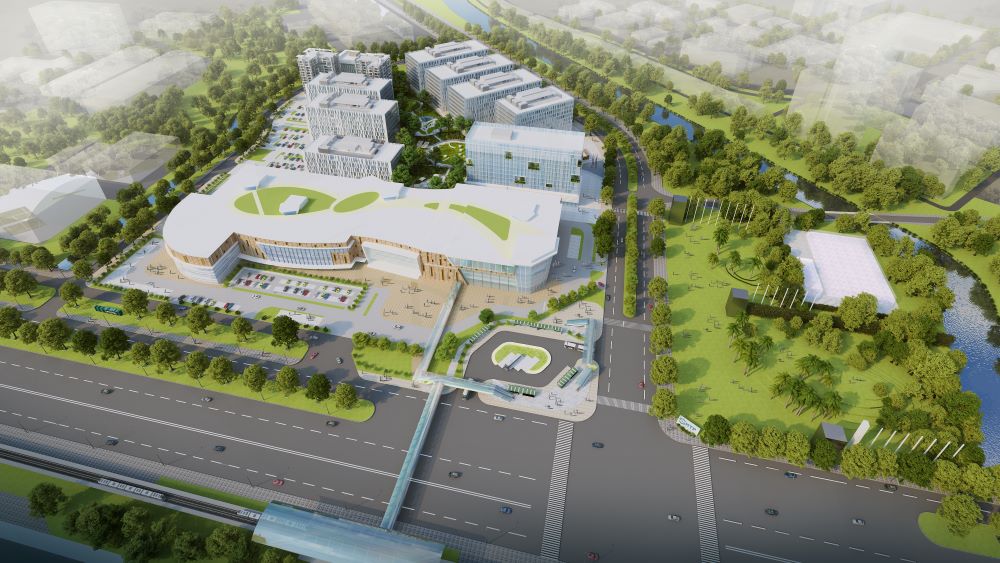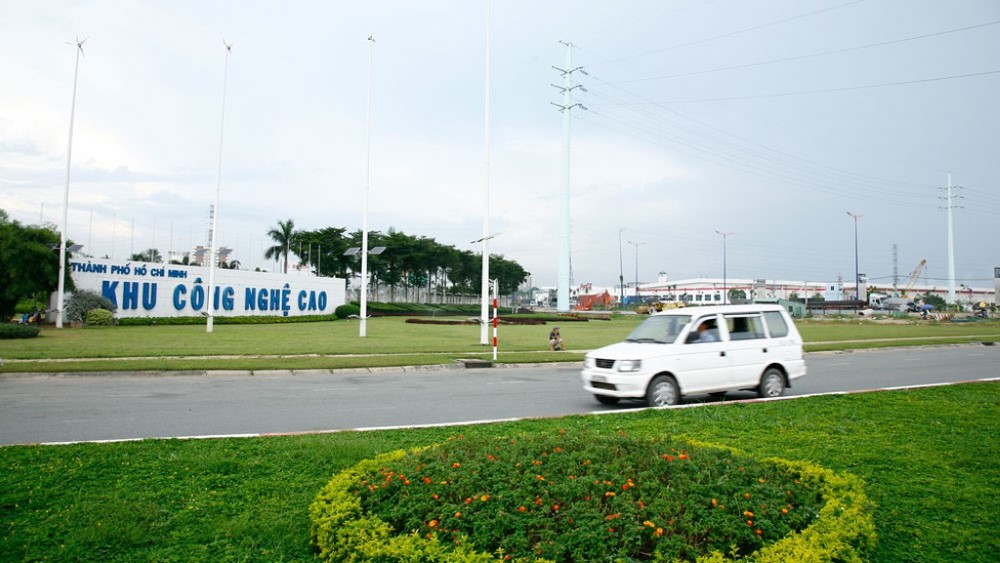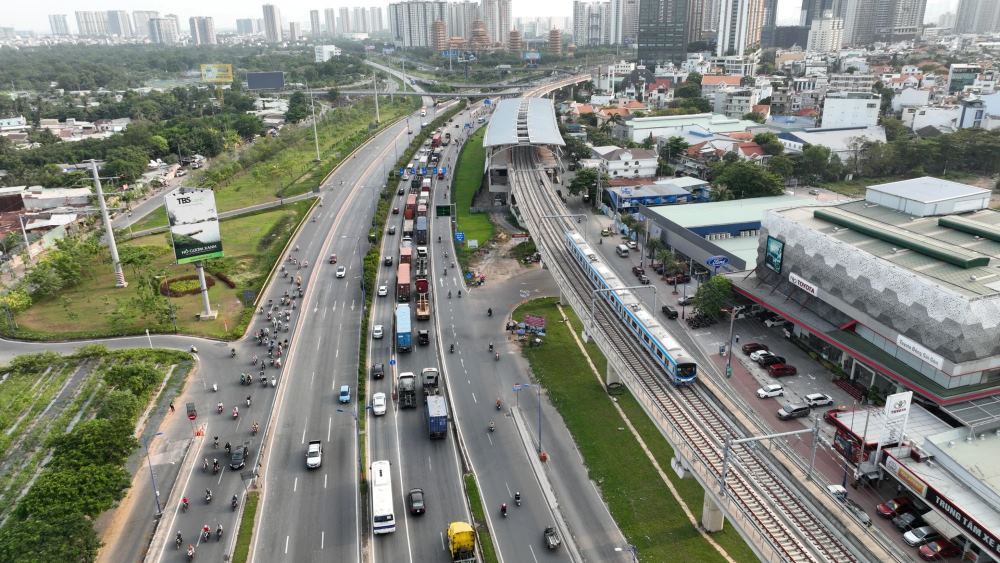The Hybrid Working Model and the Work-Life Balance of Employees

The hybrid working model is becoming a global trend, and even in Vietnam, especially since the COVID-19 pandemic, it has gained popularity. Workers increasingly prioritize work-life balance, and the hybrid working model is the key to meeting this demand. In Vietnam, the hybrid working model is gradually becoming more common, and OneHub Saigon is one of the office projects designed for this model.
The hybrid working model is becoming a trend
In the Workforce Preferences Barometer 2022 report by JLL, it was revealed that the majority of office workers prefer the hybrid working model, which combines remote work and in-office work as needed. This model has become increasingly popular, especially since the outbreak of the Covid-19 pandemic.
Even after the pandemic, many people still choose to work remotely, especially in companies with strong technological platforms or those operating in technology, fintech, media, and other related fields. The hybrid working model is becoming a strategic tool for many businesses to retain talent alongside formal benefits.
With its rapid popularity, the hybrid working model requires employers to create favorable conditions that align with the specific needs of the business to establish a smooth and efficient workflow. Workers also have new expectations for businesses when adopting this model.

The hybrid working model is becoming more and more popular around the world
With its rapid popularity, the hybrid working model requires employers to create favorable conditions that align with the specificities of businesses to ensure a smooth and efficient workflow. Workers also have new expectations for businesses implementing this model, with the most significant being support for equipment and technology. Optimized machinery and software specialized for remote work will enhance effective connectivity in a remote working environment. Other new expectations include financial support and office quality, presenting challenges for employers to address.
New Priorities for Workers
In contrast to the past, where employees typically prioritized jobs with good and stable benefits, quality of life has now become a top priority, especially for the younger generation, notably Generation Z. Research has indicated that expectations for flexible work have surpassed those for remote work. This shift provides an opportunity for workers to balance their personal and professional lives.
However, businesses also need to reassess internal relationships, both between the company and its employees and among employees themselves. While adopting the hybrid working model can foster creativity and enthusiasm, it may also lead to distancing or reduced connections between employees and the company. Setting a fixed number of days for office attendance could be a solution to maintain internal cohesion instead of working remotely full-time.

Hybrid working also creates concerns when it makes it difficult for businesses to create new social values
According to a report by JLL, the groups most supportive of the hybrid working model are managers (75%), Generation Z (73%), Generation Y (67%), and those needing family care (66%). Within the last group, individuals with young children and those caring for disabled family members are the strongest supporters, with percentages of 69% and 81%, respectively. This clearly shows that the hybrid working model is an excellent solution for them to balance their personal and professional lives. Once again, employers must demonstrate their cleverness and flexibility when providing support and understanding the circumstances and needs of their employees.
The implementation of the hybrid working model can contribute to building a wellness lifestyle – a comprehensive development of physical and mental well-being – for workers. With flexible working hours and a certain attachment to the company, workers can balance personal needs alongside their professional responsibilities. Regarding work productivity, many believe they are more efficient when working from home or remotely. While this may be a positive sign for improving work productivity, there are concerns about the long-term ability of the workforce to create larger societal values. This might be more achievable if everyone is working remotely.
See more: Learn about an office building with a large floor area
Office Spaces for the Hybrid Working Model in Vietnam
In Vietnam, the hybrid working model is also becoming increasingly popular. Mr. Will Tran, the National Director of Office Leasing Advisory at JLL Vietnam, mentioned that offices operating under the hybrid working model can easily be found in many markets in the region. Many multinational companies are also conducting research to determine the effectiveness of applying the hybrid working model in Vietnam.

Work-life balance is a priority for many employees today
In addition to considering the office investment portfolio in Vietnam, business owners need to assess the recovery potential and positive economic prospects of Vietnam to make decisions regarding the long-term real estate area and costs.
On the other hand, there aren’t many office buildings in Vietnam that cater well to the hybrid working model. Besides flexible working hours, offices also need to provide the best user experience for workers to achieve work-life balance goals.
OneHub Saigon – Ideal Office for a Hybrid Working Model
OneHub Saigon is a potential office project for businesses looking to find an office suitable for the hybrid working model. Located at the gateway of Ho Chi Minh City High-Tech Park, OneHub Saigon is the largest integrated business park project in the East Saigon area.

Tower 1 meets LEED green office standards at OneHub Saigon
OneHub Saigon is well-suited for the hybrid working model due to several factors:
- High-quality Grade A office spaces: Even with fewer days spent in the office during hybrid work, having a premium workspace is a positive factor for enhancing employee engagement with the company.
- Campus-style green offices: This is a crucial aspect for individuals seeking work-life balance or business owners aiming to establish a wellness lifestyle in the workplace. The green offices at OneHub Saigon provide communal spaces, greenery, and outdoor areas for physical activities, creating a workspace where employees can find mental comfort and maintain physical health.
- 24/7 operations: OneHub Saigon operates with a professional team and processes, catering to flexible working hours, particularly suitable for the hybrid working model.
- Convenient connectivity: Located at the gateway of the Hi-Tech Park, OneHub Saigon is well-connected to Hanoi Highway and the upcoming Metro Line 1. Workers in the central areas of Ho Chi Minh City can reach here in just over 20 minutes.
In summary, OneHub Saigon combines various elements to become a promising office space for implementing the hybrid working model. Beyond just accommodating the hybrid working model, OneHub Saigon is versatile enough to meet the diverse working models of contemporary businesses.

OneHub Saigon Overview
Conclusion
The hybrid working model is gradually becoming popular worldwide, including in Vietnam. This working model is increasingly favored by employees as it allows them to balance both work and personal life. In Vietnam, OneHub Saigon stands out as a highly suitable office project for the hybrid working style, meeting various professional standards and providing experiences that align well with the preferences of the workforce.
Learn more: Data center at Saigon Hi-Tech Park



